‘The Wired Home and Wireless Policy’ Breakfast – Convergence Legislation and Consumer Adoption
WASHINGTON January 17, 2012 – BroadbandBreakfast.com kicked off a new year of the Broadband Breakfast Club fresh off the heals of the Consumer Electronics Show in Vegas with a Breakfast on “The Wired Home and Wired Policy” featuring the Presidents of four major technology and telecommunications trad
WASHINGTON January 17, 2012 – BroadbandBreakfast.com kicked off a new year of the Broadband Breakfast Club fresh off the heals of the Consumer Electronics Show in Vegas with a Breakfast on “The Wired Home and Wired Policy” featuring the Presidents of four major technology and telecommunications trade associations and the Wireless Telecommunication Bureau Chief of the Federal Communications Commission, Rick Kaplan.
Event Highlights
Complete Program
As Kaplan stated right out off the bat, we “can’t escape the impact of mobile broadband on mobile technology.” The US, Kaplan said, is the leader in world mobile, but, “we should not be satisfied with being today’s leader in mobile, this sector is moving so fast we must be equipped with an aggressive and forward- looking game plan to maintain our world leadership.”
Kaplan noted that the three elements of any plan to keep the US at the forefront of the mobile revolution include 1) maintaining a strong infrastructure for continued deployment, 2) ensuring healthy competition in the marketplace and 3) achieving universal broadband adoption.
Kaplan decided to focus on the first element of spectrum infrastructure. He noted that spectrum incentive auctions have the potential to free up 120MHz of the 500MHz that will be needed over the next 10 years. The question is, whether Congress will pass the legislation giving the FCC authority to free up this spectrum:
“In Congress there are two sticking points holding up the legislation, the first is whether some spectrum cleared will be earmarked for licensed as well as unlicensed use and second, whether Congress should take this opportunity to circumscribe the FCC’s authority to foster competition in the market place through auctions,” stated Kaplan.
While the wireless bureau does not have authority over unlicensed spectrum, Kaplan noted, it is clear that the value of unlicensed use is huge. He continued by adding that the FCC recognizes every wireless provider is going to need more spectrum. Stripping the FCC of authority to manage spectrum and allowing one or two companies to own all the most valuable spectrum would be the demise of our mobile leadership.
Kaplan closed out his comments by stating that incentive auctions are only part of the plan to get us to 500MHz of new spectrum and added that there are three other areas, as important as incentive auctions, that will get us to our mobile goals.
“First we must identify and lock up the last few quick and lasting spectrum wins available,” Kaplan pointed to the 1755-170MHz band as well as the 2GHz band. Reassessing band plans and shifting bands will be essential to unlocking additional previously undervalued spectrum.
Second, Kaplan said that we need to be open to new models for opening up spectrum. “A shift in mindset must be made to accept the notion that spectrum bands can and must be shared between and among commercial and federal users.”
Third, Kaplan suggested that we need to tackle those legacy systems not making the most of the spectrum in use.
Kaplan then joined the panel of trade association presidents including Fred Campbell, President & CEO of Wireless Communications Association International (WCAI), Walter McCormick, President & CEO, USTelecom, Grant Seiffert, President, Telecommunications Industry Association (TIA), and Gary Shapiro, President & CEO, Consumer Electronics Association (CEA). Drew Clark, Chairman and Publisher of Broadbandbreakfast.com moderated the discussion.
Clark began the discussion by asking Shapiro about his impressions of the Consumer Electronics Show. Shapiro noted that there were an overwhelming number of new devices and technologies that used spectrum and assumed the availability of mobile broadband. Smart phones use 25 times the data stream that regular cell phones use and tablets use 120 times as much. Of the 20,000 new products at CES, stated Shapiro, “half of them assumed there will be sufficient spectrum to work in the future and that assumption seems to be increasingly flawed.”
Clark asked the panelists to comment on the integrated aspect of the world we live in where wireless towers are fed by wires. McCormick from USTelecom pointed out that in order “to get capacity for all of the new devices in the wired home we need to get wired info out as close to the end user as possible. Over 99% of all wireless communications connect with wired infrastructure. We know wireless communications are slated to grow 26 fold over the next 5 years. The only way to have the needed robustness in the wireless world is to have continued investment in fiber based wired infrastructure.”
Seiffert from TIA expressed concerns about uncertainty in the marketplace that will lead to volatility regarding investment in his companies’ equipment and services if the spectrum issues are not resolved. He stressed the need for Congress to get the ball rolling on passing legislation that would give the FCC authority to hold the incentive auctions.
Campbell followed up on uncertainty. “Uncertainty is being driven by uncertainty in the way we expect people to use networks.” Campbell added, ‘it is changing very rapidly. As an example, Campbell noted that while enterprises have been using the cloud for a long time, it is becoming a bigger deal because consumers are finally beginning to adopt it for personal use. “Consumers start to adopt new usage styles and patterns that are driving demand more than anything else. Consumer adoption is going to force the industry to adapt to what they want to do.”
Clark then asked the panelists to discuss the issue of usage caps and whether people are driving their usage back to the wired home because of it.
Kaplan was blunt in saying that data caps were going to grow if more spectrum is not freed up, ‘those are the parade of horribles we are worried about.”
McCormick made an interesting point in challenging the business models that we use support our increasing need for mobile broadband. He said that ISPs have historically depended upon a model where the end user pays. “The questions going forward,” said McCormick, “is if more capacity is required, do you keep ratcheting up what the end user pays for the service?”
McCormick pointed to the broadcasters; he said that in our country some of the most successful businesses have been free and built on advertising models. “We talk about search engines being available for free but they are not really free they are ad supported. The biggest challenge going forward is to come up with the right kind of business models to continue to provide the levels of capital necessary for this extraordinary deployment.”
Telecommunications companies have invested 600 billion in the past 10 years to build out their infrastructure according to McCormick. Last year the industry spent 65 billion. This investment from the private sector, said McCormick, dwarfs the amount the government has spent on prior major infrastructure projects that have been the hallmarks of our countries development. Another reason to think about the shape of business plans going forward, is whether they are going to result in providing consumers with the value that they want, without loading every single cost onto the end user.
Campbell also made an interesting point about partnerships and future integration between wired and wireless networks. He said, that consumers want multiple screens and they want them all to connect. Consumers are asking how big a screen do I need, what do I need to do with that screen and how mobile do I need it to be. The fact that the screens themselves are becoming so interchangeable, noted Campbell, means that there has to be a lot more integration between the wired and the wireless networks that support the different screens.
Moderator Drew Clark returned to the topic of the spectrum auctions and legislation in congress.
Kaplan reiterated that there is a bipartisan bill currently in the Senate that seeks to preserve the flexibility that the FCC has had for years. He reiterated his point from earlier that not all spectrum is created equal and that unlicensed spectrum use has been extremely valuable in fueling innovation and assisting in the convergence between wired and wireless.
Campbell added some thoughts on the topic of unlicensed vs. licensed uses; he believes that white spaces in the DTV spectrum would be different than other unlicensed uses that tend to be shared, or in bands with some other primary service, and that were typically viewed as a short range consumer type of service. “White spaces in the DTV band can play a longer-range roll,” he said, mentioning hotspot 2.0 as an example. Campbell thinks that whitespaces in these bands can be extremely valuable. He pointed out that the FCC does not look at unlicensed potential when it does an aggregated spectrum analysis.
When asked about restricting entities from participating in an auction, Kaplan explained that everyone needs spectrum. The FCC needs to find a way to free up as much spectrum as possible so that every company can get access. He added that the FCC would make sure that no one would be locked out of an auction, the flipside concern however is that there will be no constraint on the amount of spectrum any one company can obtain. That, he said, is a question for public debate. Without FCC authority to monitor auctions we might end up with a result that nobody wants, it is the competitive aspect of the marketplace today that has led to the incredible innovation that exists.
Regarding progress in getting the government to reallocate spectrum bands for more efficient use, Kaplan applauded the NTIA for doing a very good job having been assigned an incredibly difficult task. Kaplan heeded that the “reality is that we are not going to be able to keep clearing swaths of spectrum for mobile broadband use.” We must figure out a way to share spectrum and that is where the next focus should be.
Clark posed another question to the speakers about the wired home. “Consumers aren’t using the high bandwidth applications that fiber is capable of yet they are using their wireless devices to the nth degree and running into capacity issues, with regard to the home what are you hearing about the applications people want to use in the home?”
“Downloading a movie to watch on your iPad takes a while,” said Shapiro. He believes that consumers do not really think about the underlying issues, they just want what works the best. Shapiro suggested that many wireless solutions do not have a great history of success with audio and video for example, he added that they might not always work the way people expect them to work.
Shapiro also explained the switch from internet protocol 4 to internet protocol 6, “what this allows is a lot of machine to machine communication.” These communications can tackle issues of home safety, medical monitoring and energy efficiency. Those devises do require greater bandwidth that is flowing all the time.
McCormick agreed that the type of Apps needed for medicine are larger and can only be supported through fiber.
When asked about policy issues that will support greater fiber and broadband investment, McCormick said that competition drives investment. “It is important that those that invest in broadband are free to offer over broadband everything that they can offer…the government should look at their interest in competition as being aligned with what government policies best support investment.”


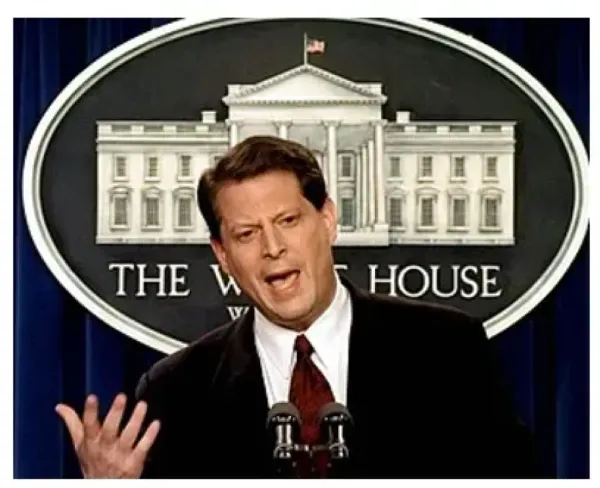
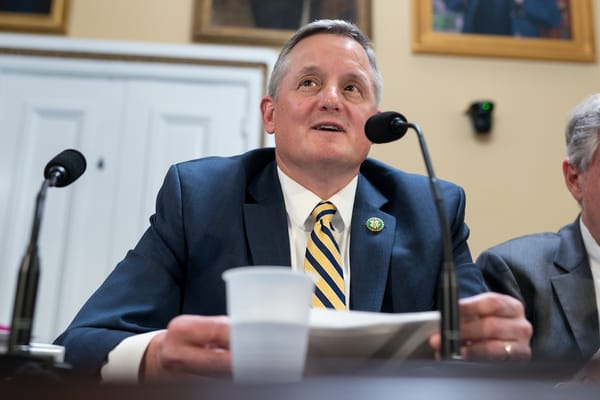

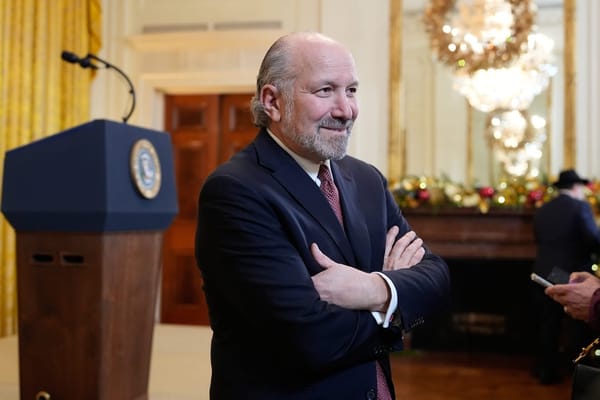
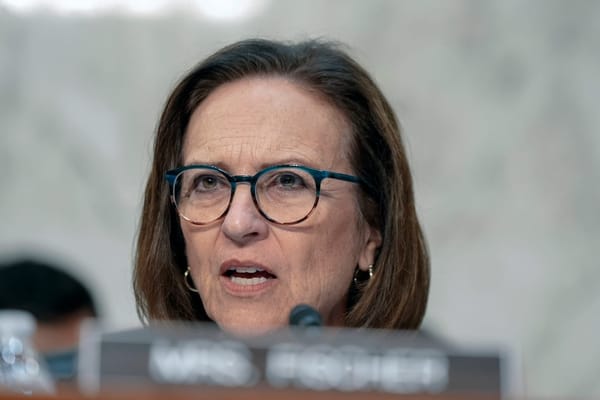
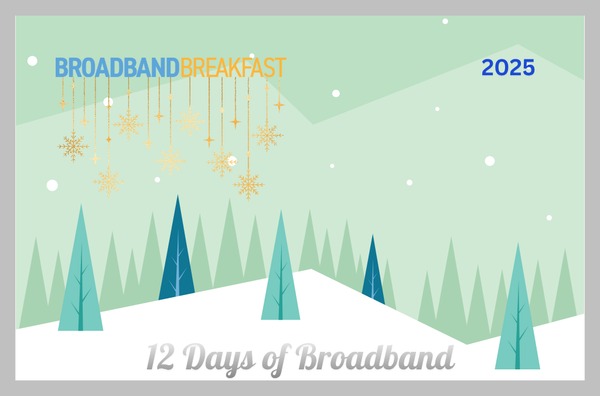
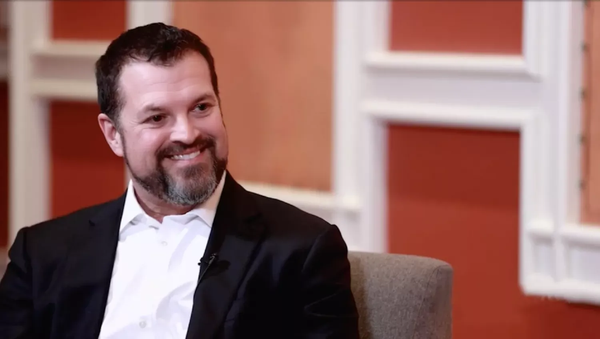

Member discussion